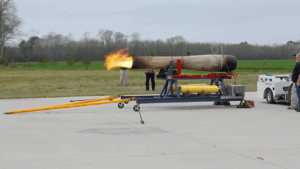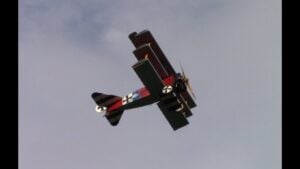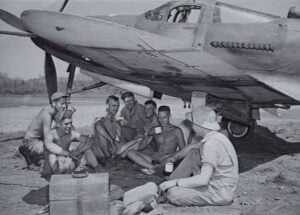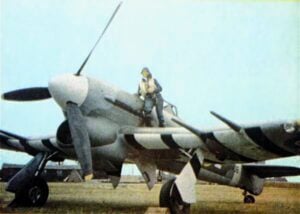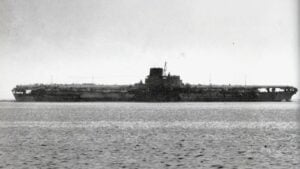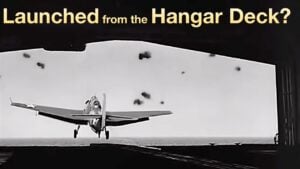Why Were Some WWII German Aircraft Equipped with Hoops?
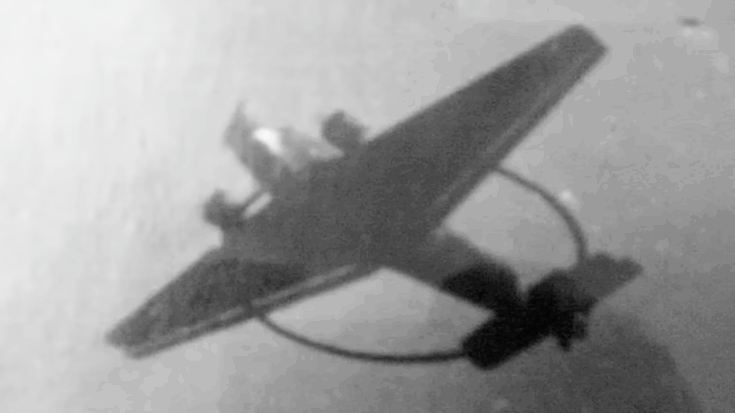
@warhistory-online / YouTube
Radio direction‑finding saved many Luftwaffe crews who otherwise would have been lost in cloud, coastal haze, or night. Their secret lay in the curious “hoops” sometimes seen fixed above or behind the cockpit: circular or horseshoe‑shaped loop antennas. These frames, linked to FuG 16 ZY or FuG 10 P navigation sets, let pilots tune in to homing beacons, locate friendly airfields, and intercept ground controllers while maintaining high speed.
From 1943 onward the loops became a common sight on day fighters such as the Bf 109 G‑6 and Fw 190 A‑8, on night fighters like the Bf 110 G‑4, and even on some Me 262s. They were not radar dishes or barrage‑balloon cutters, but compact, passive antennas that worked with a cockpit “Peilgerät” (direction finder). Pilots could rotate the loop or adjust an internal goniometer until a signal null indicated the bearing to a radio beacon.
Origins of the Loop Antenna
Germany’s pre‑war civil aircraft already used fixed or rotatable loops for long‑range navigation, but wartime demands pushed engineers to miniaturize the design so it could fit fighter airframes without ruining aerodynamics. The resulting Peilrahmen 7 was a light alloy ring only 55 cm across, mounted on four struts that cleared the canopy when it turned.
Tests at Rechlin proved that the small loop fed through a FuG 16 ZY set could pick up medium‑frequency Lorenz beam signals from 150 km by day and 80 km at night. That range let Gruppen operating over the North Sea or the Ardennes fly a precise course home even after their visual “headings board” blew away or their compass froze.
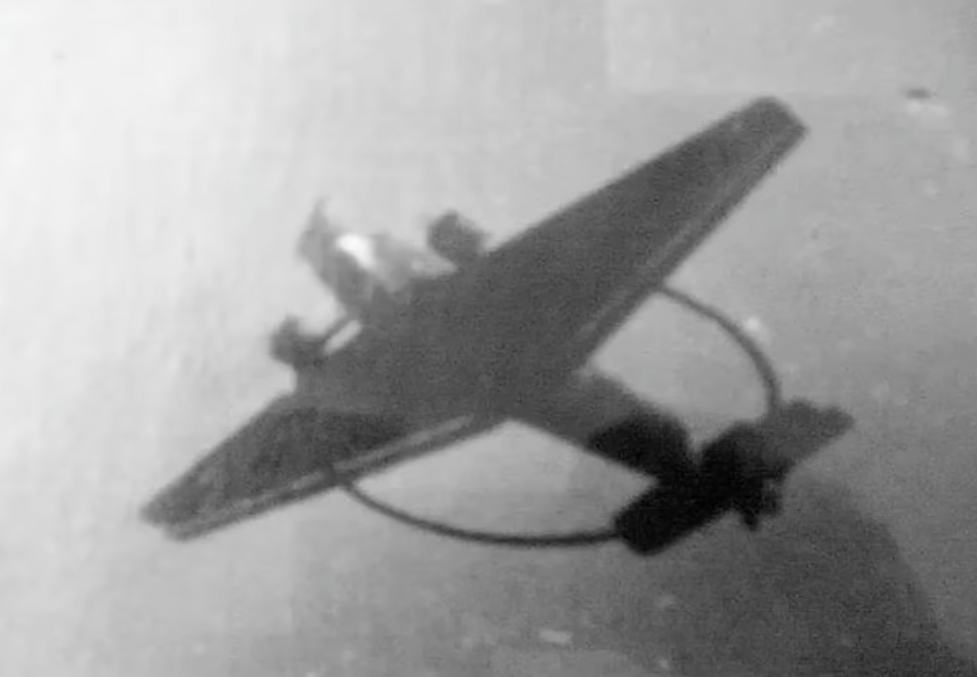
Tactical Advantages
Unlike a long trailing aerial, the hoop created almost no drag and could survive high‑speed dives. Ground stations broadcast a two‑tone signal on 30.3 MHz; when the pilot swung the loop to the loudest null, he read the bearing on a scale and adjusted course a few degrees. In practice this reduced disorientation accidents, especially during the 1944 night‑defence crisis when inexperienced rookies filled many cockpits.
Some night fighters carried twin crossed hoops set 90 degrees apart. The “cross‑loop” cancelled the figure‑8 reception pattern of a single loop and produced an almost circular field, allowing continuous bearings without swinging the frame—vital while stalking a bomber in darkness.
Field Modifications and Misconceptions
Photos of late‑war Bf 109 Gs show the loop bolted behind the canopy on a teardrop fairing, but many front‑line units improvised. Technicians welded spare frameworks from steel rod or reshaped early Peilrahmen into slimmer “horseshoes” to clear 300‑litre drop tanks. Pilots sometimes filed the hoops flat after hitting mobile treetops on grass strips.
Allied intelligence first guessed the frames were magnetron radar scanners, sparking urgent counter‑radar research in 1943. It took captured manuals and crashed airframes to reveal they were simple MF loops rather than microwave emitters. The confusion shows how a low‑tech device can hide in plain sight amidst a high‑tech arms race.
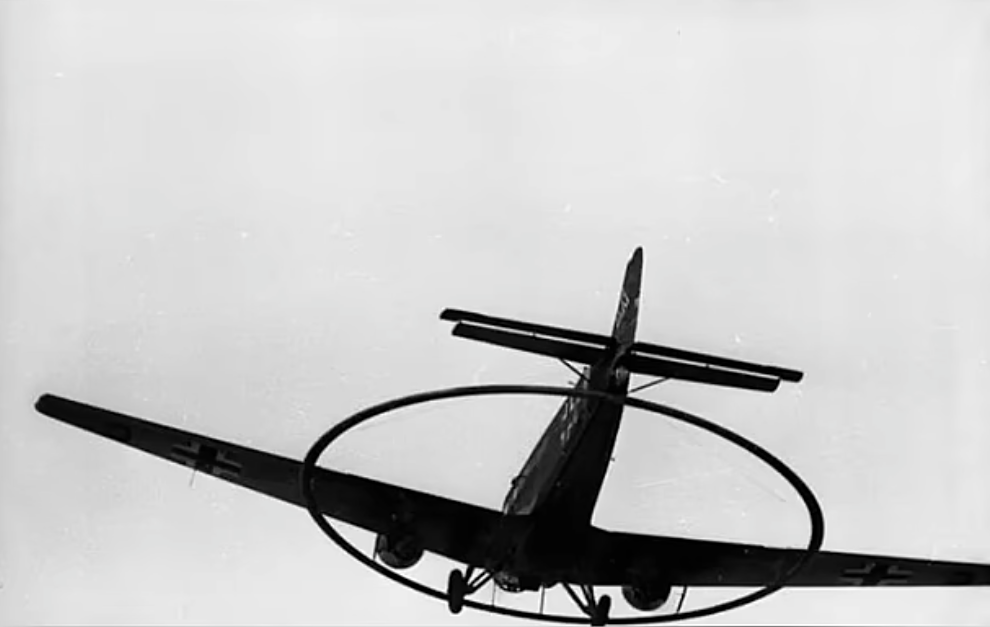
Legacy in Post‑war Aviation
Loop direction finders outlived the Third Reich. Post‑war civil Bf 108s, Spanish‑built HA‑1112s, and Czech S‑199s retained their hoops, now tuned to commercial radio ranges. Portable ADF beacons for bush flying still rely on the same principle: null steering with a ferrite “loop‑stick.”
While today’s GPS has replaced most beacon work, restored Messerschmitts that fly at airshows from Duxford to Planes of Fame keep the slender ring in place. It reminds spectators that wartime survival often depended not only on speed and fire‑power but also on the quiet pulse of a navigation tone picked up by a simple metal hoop unheard above the roar of a Daimler‑Benz engine.














